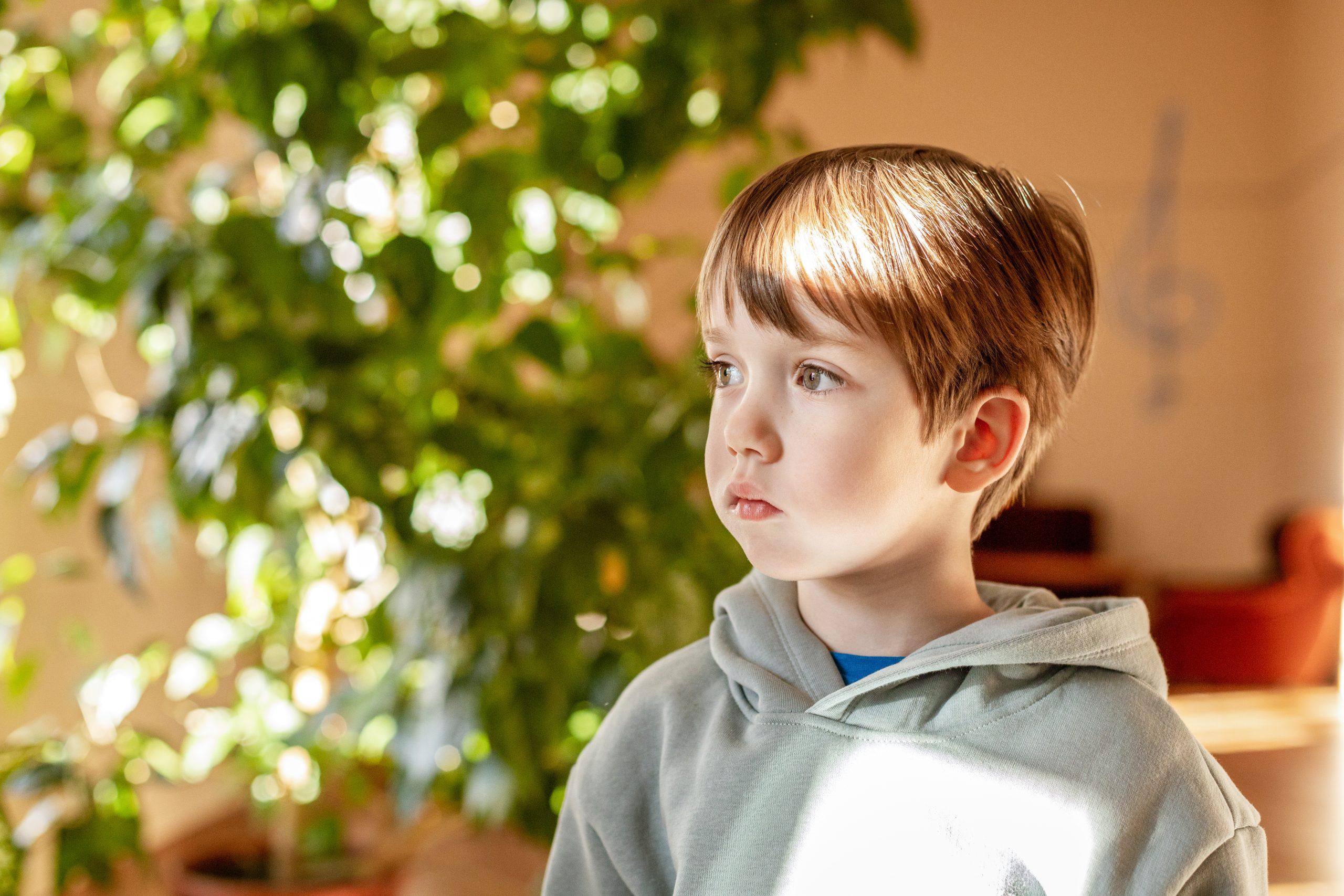
Caring for a child with seizures can be overwhelming, especially when you’re unsure of what to expect or how to help in a crisis. It’s important to remember that you are not alone. With proper support, you can feel more confident in managing your child’s condition and ensuring their safety.
Causes of Seizures
Seizures in children are caused by disturbances in the brain’s electrical signals that temporarily interrupt normal brain function.
“Seizures in a child, in general, mean any episode of unresponsiveness where the child doesn’t respond to a parent’s touch and voice, and they stop doing what they were doing,” says Dr. Gull Zareen Sial, MD, a pediatric neurologist at UPMC Children’s Specialty Services in central Pa.
Seizures can be related to epilepsy, a neurological disorder characterized by recurrent, unprovoked seizures due to abnormal electrical activity in the brain. Seizures can also be provoked or caused by a known issue, such as head trauma, infection, low blood sugar, or electrolyte imbalances.
Types and Signs of Seizures in Children
Pediatric seizures can present in different ways, says Dr. Sial. Signs often depend on the type and cause of the episode.
Generalized seizures
Generalized seizures may arise from both sides of the brain. They can cause loss of consciousness and drowsiness, confusion, nausea, or heart rate fluctuation and headache after the seizure.
Symptoms may include:
- Confusion or drowsiness after the seizure.
- Difficulty breathing or shallow breathing.
- Drooling or foaming at the mouth.
- No response to being spoken to or touched.
- Pallor or blue grey facial discoloration.
- Stiffening of the body and/or jerking movements.
- Sudden, brief jerks or twitches of the arms, legs, or head.
- Sudden loss of consciousness or collapsing.
Focal seizures
Focal seizures, by contrast, happen when an abnormal electrical current arises from one side of the brain. They’re also called partial seizures.
Symptoms may include:
- May or may not respond during the seizure.
- Repetitive movements of one side of the body, which may progress to involve the whole body.
- Sensory changes, such as vision or hearing disturbances.
- Staring or rapid eye movements.
Epileptic seizures
About 470,000 American children under the age of 14 have epilepsy. Primary factors that contribute to epilepsy are:
- Birth complications, such as lack of oxygen during birth or premature birth.
- Brain injury, tumors, bleeding, and infection.
- Electrolyte imbalances, such as abnormal levels of sodium, calcium, or magnesium.
- Genetic factors and inherited metabolic disorders.
- High fever in young children.
- Immune system dysfunction, which can lead to brain inflammation and seizures.
- Differences in brain structure.
Seizures can happen for a variety of reasons beyond epilepsy. In these cases, once the root cause is properly treated, children may never experience a seizure again.
Some of the common causes of provoked seizures include fever, infections, stroke, low blood sugar, electrolyte imbalances, and more.
“Children are able to outgrow age-specific seizure disorders,” especially with proper treatment, says Dr. Sial. “Sometimes, the seizures might come back,” or require ongoing treatment, such as medication.
What to Do During a Seizure
“Witnessing a child have a seizure can be frightening, but it’s important to stay calm and take the right steps to ensure their safety,” says Dr. Sial. “Seizure first aid plays a crucial role in helping the child.”
It’s important to:
1. Stay calm and time it – Stay composed and start timing the seizure right away.
2. Ensure safety – Make sure the child is lying on their side to help keep their airway open and protect the child’s head without restraining them.
3. Never put objects in their mouth – Do not try to put anything in the child’s mouth during a seizure.
4. Monitor breathing – After the seizure, check if the child is breathing.
5. Stay with the child – Never leave a child alone during a seizure. Stay with them, even after the seizure ends, to offer comfort and monitor their recovery.
6. Record details – Write down the details of the seizure, such as the time it started, how long it lasted, the movements or behaviors observed, and any triggers.
7. Report – Report the episode to the child’s doctor or epilepsy specialist.
When to seek emergency help
It’s important to get emergency treatment if:
- The seizure lasts longer than five minutes.
- The child has a second seizure shortly after the first.
- The child is injured during the seizure.
- This is the child’s first seizure.
- The child has difficulty breathing or doesn’t regain consciousness.
How Will Epilepsy Affect My Child’s Life?
Dr. Sial says it’s critical to monitor and treat seizures in small children immediately. “Sometimes, children can have seizures in the brain that you cannot see with your eyes,” she says. “If they’re adequately treated with a seizure medication, they can continue to develop normally and not have any challenges in their academic achievements and can still continue to play all kinds of sports,” she adds.
Typically, sports like rock climbing and those that require heights are discouraged, she says.
“Once a child has a seizure, you want them to live as normal of a life as possible,” she says. “But I think the most important thing is there should be eyes on the child at all times at home and at school.”
To learn more about UPMC Children’s in Central Pa., including its new York location, and to sign up for the pediatric e-newsletter, please visit UPMC.com/CentralPaPediatrics.









